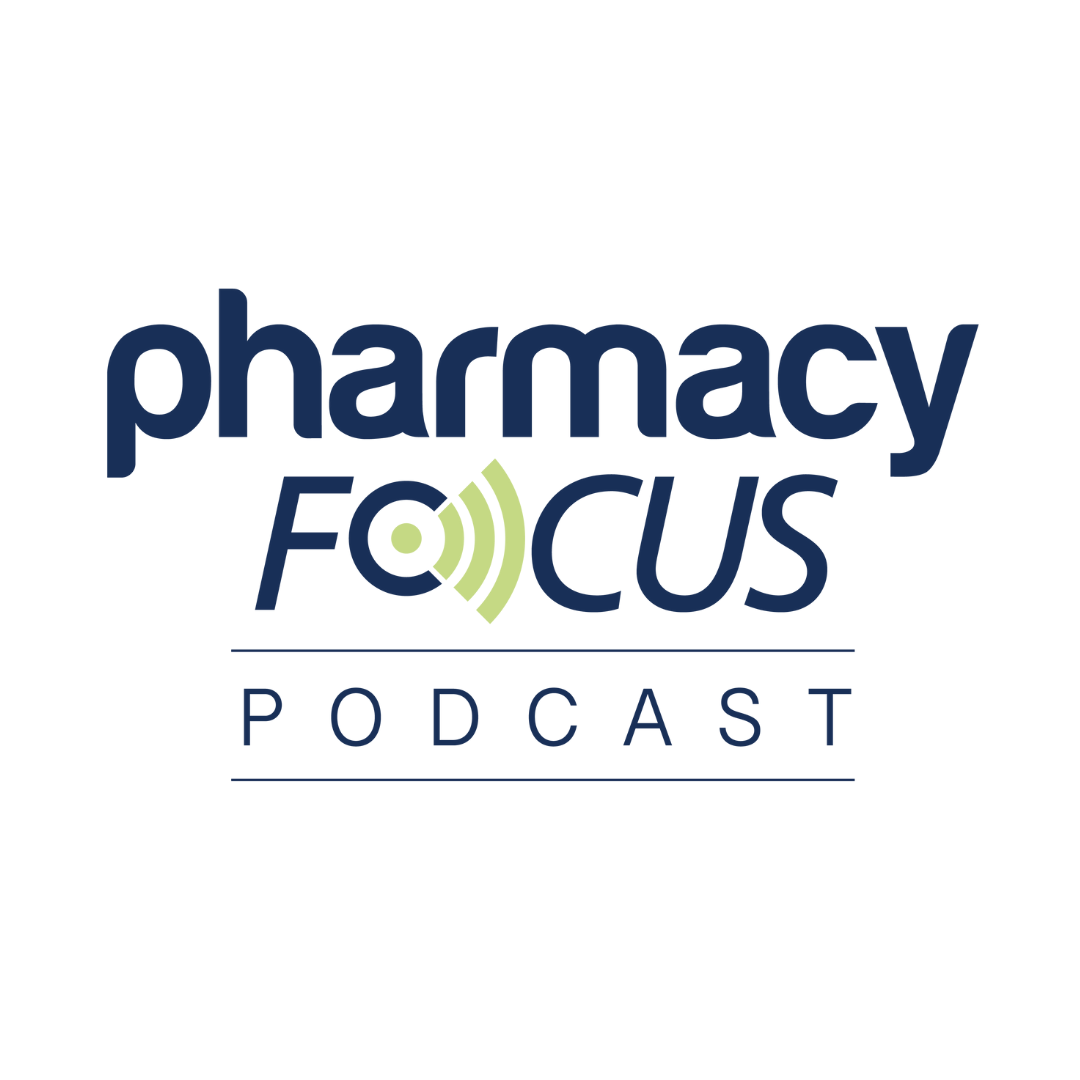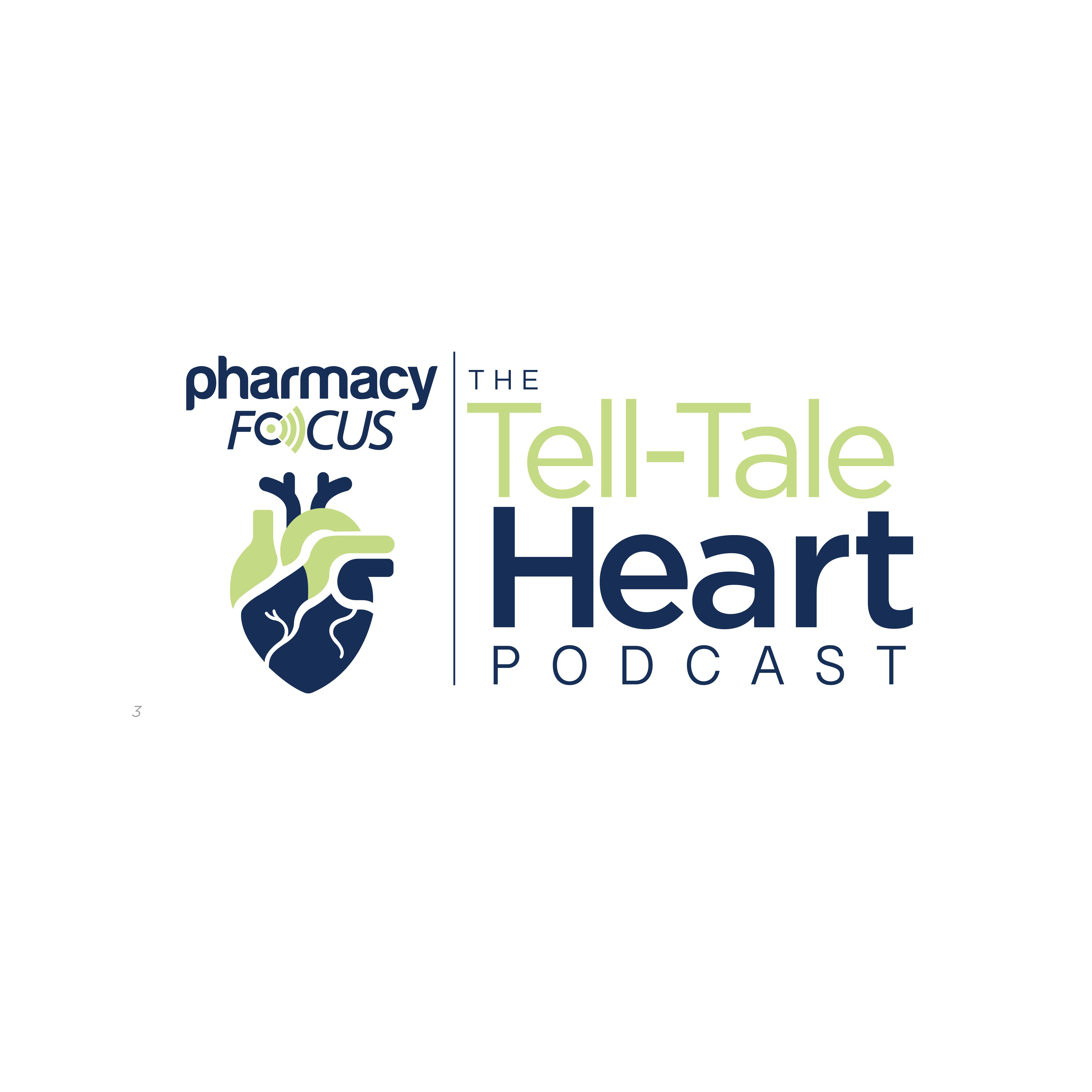Article
New Recommendations for Transitioning Youths with Brain Disorders to Adult Care
MINNEAPOLIS — A new consensus statement provides recommendations for transitioning adolescents and young adults with neurologic disorders to adult care. The statement is endorsed by the American Academy of Neurology and created by the
Child Neurology Fo
undation
. The research is published in the July 27, 2016, online issue of
Ne
urology®,
the medical journal of the
American Academy of N
eurology
. “The goal of this research is to help make the transition easier for millions of parents and caregivers of children who are reaching the age where they will be dealing with complex teenage and adult life situations,” said study author Lawrence W. Brown, MD, FAAP, with The Children’s Hospital of Philadelphia and a Fellow of the American Academy of Neurology. Researchers reviewed studies published within the last 10 years focused mainly on transition of care for those with neurologic disorders. Older studies and literature that were relevant to transition in general were also included. The guideline addresses the great majority of adolescents and young adults whose care shifts from pediatric to adult providers. The paper does not directly address children with brain diseases who are not expected to live to adulthood or those children who are managed by adult neurologists. However, it strongly recommends that adult models of care be introduced even if providers are unchanged. The statement found eight best practices for making the transition as smooth as possible:
- Expectation of future transition to the adult care system with the youth and family is discussed before age 13.
- Self-management skills should be assessed at age 12 and reevaluated on a yearly basis.
- Yearly transition planning sessions should also address the youth’s medical condition including current medications and potential side effects; signs and symptoms of concern; genetic counseling and reproductive implications of the condition; issues of puberty and sexuality; driving, alcohol, substance use and other risks; and emotional or psychological concerns and wellness.
- If appropriate, a discussion with the caregivers regarding the youth’s expected legal competency (whether there is a need for legal guardianship and powers of attorney) should begin by age 14. If the youth’s expected legal competency is unclear, assessment of that capacity should be made yearly.
- A comprehensive transition plan should be developed by age 14 in collaboration with8 the youth, caregivers, other health care providers, school personnel, vocational professionals, community services providers and legal services regarding all aspects of health, financial and legal care. This is usually the responsibility of the primary care provider.
- The child neurology team is responsible for the neurologic component of the comprehensive transition plan and updates it annually.
- Adult providers are identified in collaboration with the youth and caregivers prior to the anticipated time of transfer. A medical transfer packet is prepared for the adult provider and provided to the youth; it includes the transition plan and medical summary with pertinent history, diagnostic evaluations, previous drug trials, current medications and protocol for emergency care.
- The child neurology team communicates directly with the new adult provider to ensure smooth completion of the transition process, which is finalized after the first appointment. It is recommended that the child neurologist be available both to the youth and the adult provider for continuity and support.
“We believe that following these steps will make a real difference in the lives of our patients as they become independent and self-sufficient adults to the greatest extent possible,” said Brown.
The statement is also endorsed by the Child Neurology Society and the American Academy of Pediatrics.
The statement was co-sponsored by Eisai Inc.
Newsletter
Stay informed on drug updates, treatment guidelines, and pharmacy practice trends—subscribe to Pharmacy Times for weekly clinical insights.






